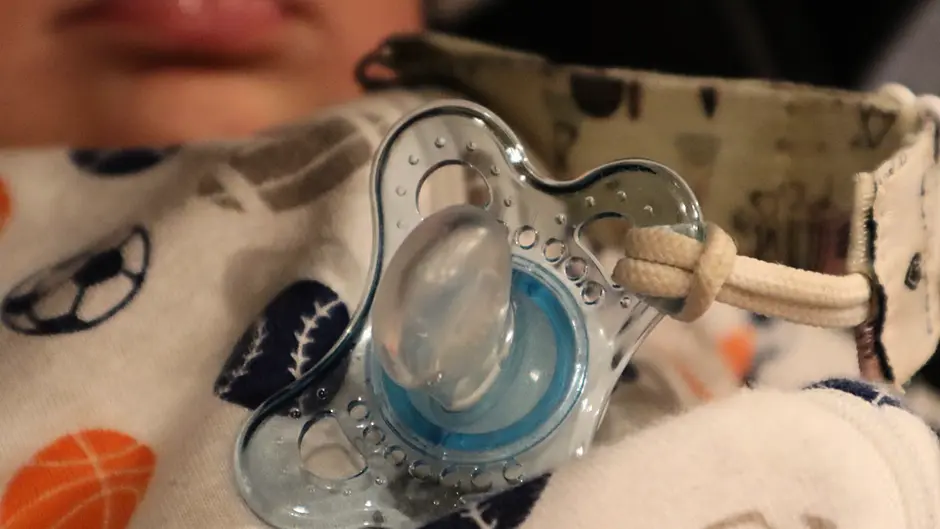Many parents have a love/hate relationship with dummies. While they’re undoubtedly a godsend during the first few months of a child’s life, attempting to wean a toddler off their soother can be an experience, to say the least.
However, before you get ahead of yourself, don’t be too rash to ditch the dummy. Many studies have demonstrated a benefit between dummy use and reduced incidence of cot death.
What’s more, dummies appeal to the natural sucking instincts of newborns, soothing babies who aren’t being breastfed for any reason.
That being said, there comes a time when the dummy must go. The good news is you can offset a torrent of tears and tantrums by using some nifty alternatives.
When and why should you ditch the dummies?
While dummy use can have beneficial effects for much younger children, the same can’t be said for older children.
By the age of two, there’s really no place for baby soothers in a child’s life. Continued use can lead to dental issues, speech development delays, recurrent ear infections, and more.
If your child has entered toddlerhood and is still clinging firmly to their dummy, now’s the time to bite the bullet and introduce them to an alternative.
Below, we’ve picked out some of the best options for you to try if it’s time for the big switch.
Teethers
The teething process isn’t fun for anyone, least of all toddlers.
Many parents dig out the dummies they’ve long retired to dull the pain they’re little ones are going through, but this is a backward step.
Instead of a dummy, go for a teether instead. They provide gentle relief against the worst effects of teething, while also promoting a healthier smile.
Say hello to sippy cups
Sippy cups are a great graduation from dummies.
Toddler-friendly by design, they can help satisfy that urge to suck, while also serving a very practical purpose.
They’re a secret weapon when dealing with stubborn toddlers who just won’t play ball when it comes to parting with their pacifier.
The best sippy cups can work much like teethers, providing gentle pressure to relieve the worst symptoms of teething.
What’s more, they’re useful for encouraging your child to say goodbye to the bottle and start drinking independently.
Think about what you’re putting on their plate
A teething toddler who’s demanding the dummy is trial enough.
Factor in the thrill of a fussy eater, and it’s headache-central.
The good news is that there’s a potential solution that can solve both problems in one.
Rethinking the food you’re putting in front of your little one can help substitute for a dummy, while also ensuring they’re eating a well-rounded diet.
Swap out the usual dinner menu for finger food feasts.
These bite-sized morsels are instantly more attractive to toddlers, while you can be confident that they’re getting enough nutrition from their meals.
There are other practical benefits to this kind of food.
By constantly having to grab and feed themselves, fine motor skills get a workout and can promote early self-feeding.
What’s more, they’re a delicious diversion from the lack of a dummy in their mouth.
How sensory toys can help
Another worthwhile alternative to consider is sensory toys.
Here, the aim is to distract a child’s attention from what they’re missing with something new.
With toys designed to stimulate all the senses, you can go many hours without hearing a single complaint that their favourite soother has been declared out of action.
Find a soother swap that works for you
Transitioning toddlers away from the dummy is rarely easy.
However, you can avoid the worst outbursts by introducing them to an alternative during the weaning process.
Teethers are the obvious solution for toddlers, especially when those milk teeth are coming in.
However, a rethink of mealtimes and staples like sippy cups are also useful in distracting kids from a dummy-free routine and encouraging more independent habits.








